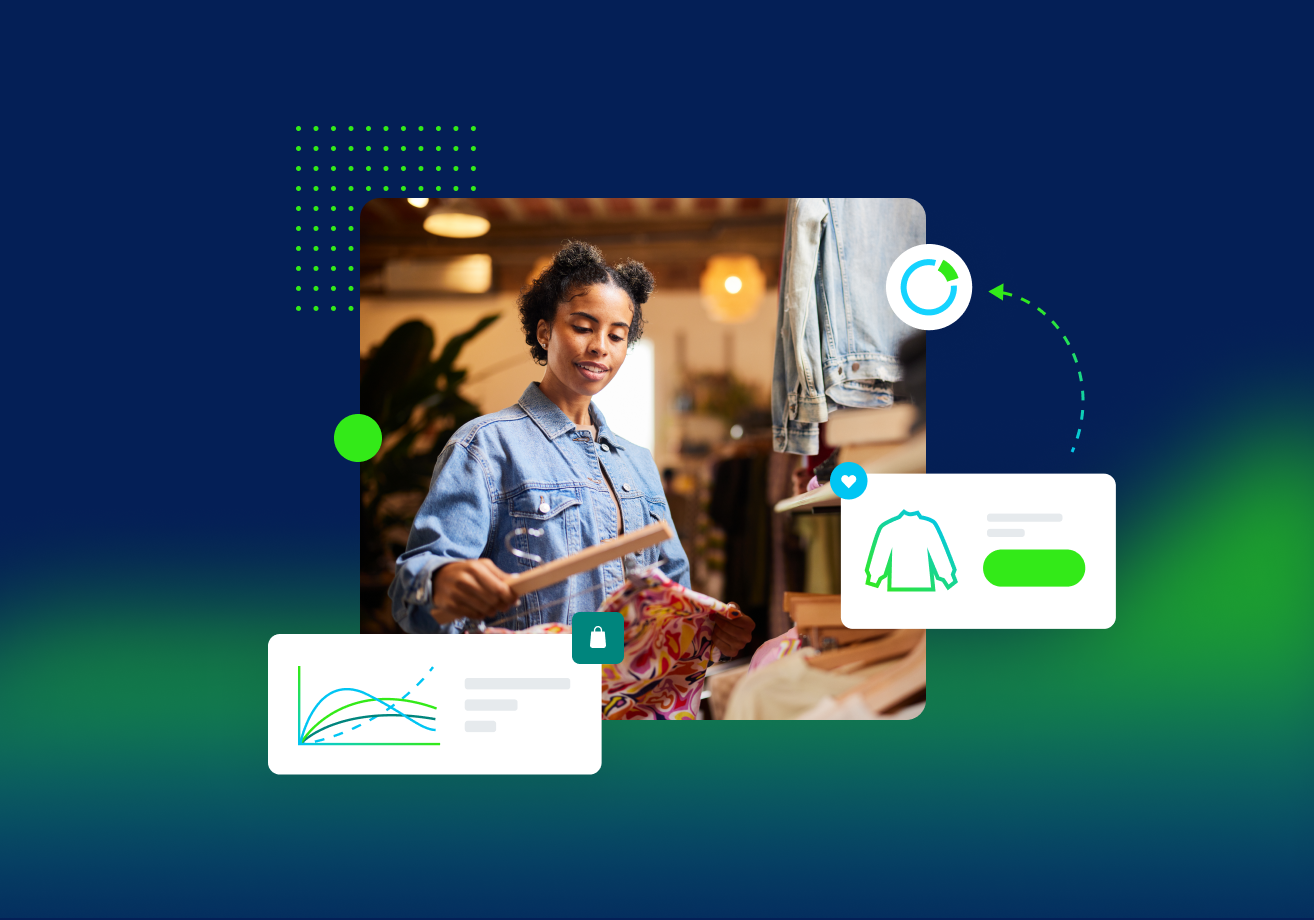It is often hard to understand long term evolutionary behaviors, when one is in the moment. Without time and perspective it is not always easy to see the trend. However, if there ever has been an example of a true moment in time that defined how behaviors in the future could change, we may be seeing it right now. As more governmental restrictions and personal safety precautions take place, the coming weeks and months will be defining moments on the relationship between shoppers, brands, retail in general, and eCommerce specifically.
While stores saw an initial bump over the first weekend heading into the government’s looming restrictions, online players are now seeing the explosive growth. For example, Tech Crunch reported that online grocery apps such as Instacart, Walmart and Shipt all had increases of 120% or more in downloads of their apps compared to prior weeks. Instacart also reported sales being ten to 20 times higher than the week before. Even Drizly, an online delivery service for alcohol beverages, is booming1.
Beyond sales growth, both online players and their in-store counterparts have been offering new and expanded shopping options. Many food-delivery services now provide “no-contact” deliveries and trial discounts to get shoppers to try their services, while retail stores are inundated delivery or pickup requests. Restaurants, too, are offering delivery and eliminating on-premise dining as more people are staying home. In just one week, OpenTable data showed the number of on-premises diners in the U.S. down 17% (in year over year numbers) on Monday, increasing daily, down 32% by Thursday2.
Online grocery apps show more than 100% growth in week-over week downloads; some delivery services showed 20x growth.
Given the current state of caution, none of these changes is a surprise. And even before the spread of COVID-19, online purchasing showed signs of strong growth. What does seem to be different is that consumers are now willing to accept more types of items being delivered than before.
Planning for the Evolution
One thing is clear: The brands and retailers that have already emphasized a strong online presence are ahead of the game. And those that grow or sustain their presence now may also find a larger and new audience to introduce to what they have to offer. Engagement online translates to having product content and digital rich media that brings a shopper in, giving them the information they need and helping to tell a story that they can identify with. On the other hand, when shoppers visit sites with limited or inaccurate product information, it can doom the site or product from being considered again3.
More than 85% of people are unlikely to buy products from a brand after an experience with inaccurate product information.
Likewise, given the additional traffic to eCommerce sites, many non-traditional eCommerce grocery shoppers may be engaging for the first time. The first impressions they gain – either through the retailer site, or across products as they search – will drive their initial and subsequent purchases.
This behavior is confirmed by recent Nielsen studies which show that when a market enters its final phase of adaptation, the buying patterns adopted during an outbreak may continue to have a lasting impact on shoppers, meaning they may be more likely to rely on the online shopping, as well as focus more on product details such as nutritional labels to consider healthy food options4.
Syndigo’s own Enhanced Content modules confirm this. In recent weeks there have been as much as 400% increases in visitors who engaged with Enhanced Content across top retail sites, underscoring the expanding interest in deep product content. And although the reasons for this change have been brought on by very challenging events, the suppliers and retailers that are providing more informative, engaging and complete information, are showing that their organization as one that is credible, reliable, and available.
The Information Shoppers Need
To online shoppers, especially those who may have been more comfortable in store, having a similar online experience – easy to understand product and label information – is a primary objective. Beyond that, shoppers also find it helpful to be able to compare products based on their features, and see it in use through rich media videos or interactive images, etc.
Given that recent extreme stocking behavior in some categories temporarily challenged product availability, it is also important for retailers to understand and monitor store and online out of stocks, both for their store and the broader market. And the retailers who regularly engage with their registered shoppers can use this as a way to stay connected, letting them know of product availability, operating hours and different options for pickup or delivery. This reinforces the flexibility and convenience that a physical store location can provide.
It remains to be seen what the new “normal” will be once shelter restrictions are lifted or customers are comfortable congregating in stores again. However, although shoppers will likely return to some of their old habits of visiting stores in person, they may also have learned that the convenience of click & collect or delivery of items like grocery may be a larger benefit, leaving them to shop more sparingly in store. The trajectory of eCommerce growth will continue, and looking back at this unprecedented time, we may be seeing a significant evolutionary step in the growth of online shopping.
1. https://techcrunch.com/2020/03/16/grocery-delivery-apps-see-record-downloads-amid-coronavirus-outbreak/
2. https://seekingalpha.com/news/3551755-opentable-data-show-cratering-in-restaurant-demand
3. https://chart-na1.emarketer.com/181914/likelihood-that-us-digital-shoppers-would-buy-brand-again-after-experience-with-inaccurate-product-information-aug-2015-of-respondents
4. https://www.fooddive.com/news/coronavirus-concerns-drive-huge-sales-growth-for-pantry-staples/574141










